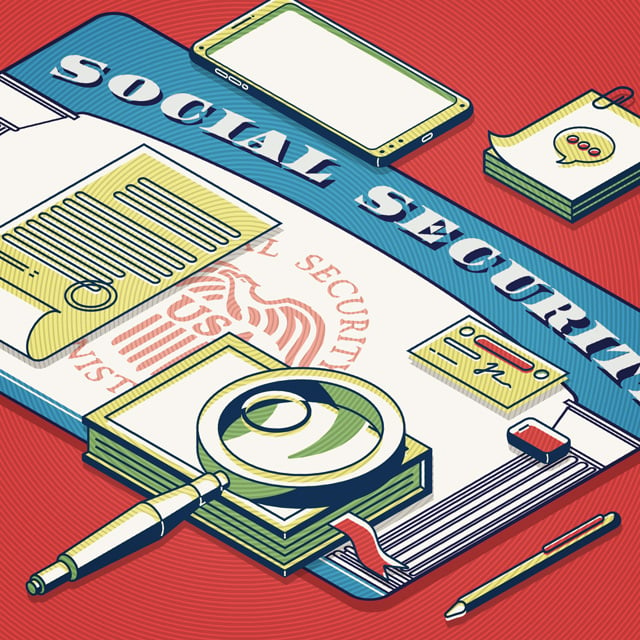Should Dependent Spouses Go Back to Work for Social Security Credits?

What You Need to Know
A fully insured recipient has earned 40 credits over a working lifetime.
When married people have many years of zero credits, their individual benefit may be relatively low.
There are distinct considerations when stay-at-home spouses were high earners when they started their career.
A frequent question that financial advisors ask concerns stay-at-home spouses and Social Security. During a Social Security statement review, advisors may discover that a client is fully insured — meaning that the individual has earned 40 credits — but the client’s stay-at-home spouse may have just 36 or 37 credits, making this partner a “dependent spouse” without individual Social Security benefits.
The question is: Should the dependent spouse return to work to get those last few credits or, if they are working some of the time, should the spoue continue at the job until they reach 40 credits?
No Clear Answer
When married people have many years of zeros on their work record, their individual benefit may be relatively low.
The assumed answer is typically based on spousal rules. The best benefit for many lower-earning spouses is their spousal benefit: 50% of the higher-earner’s primary insurance amount.
So, the dependent spouse does not need to go back to work to get those last few credits or continue working to reach 40 credits.
Inside the Numbers
Here’s a traditional example where one spouse has stayed home to raise the children:
Fully insured spouse’s PIA = $3,800/month
Dependent spouse is uninsured with only 37 credits
The best (and likely only) benefit is 50% of the partner’s PIA = $1,900/month
If the dependent spouse returns to work to pick up those last three credits, this is the likely outcome (assuming a $20,000 starting income in 1984):
Dependent spouse’s PIA = $1,300/month
Spousal top up = $600/month
Best benefit is the combined $1,300 + $600 = $1,900/month
Assuming the dependent spouse claims at full retirement age, so there is no reduction for an early claim, this spouse ends up with the same monthly benefit.
If the dependent spouse waits until age 70 to claim an individual benefit, this spouse gets delayed retirement credits on their individual benefit. The monthly benefit increases to $1,600, and the spousal top up drops to $300. In total, the dependent spouse still gets $1,900 a month but left a lot of years of incoming cash on the table.
Dealing With High Earners
Now let’s consider the case of stay-at-home spouses who were high earners at the beginning of their career but left the workforce short of 40 credits.
Assume that this spouse’s income in 1984 started at $40,000 and increased for nine years before leaving the workforce to raise a family. Returning to work for another year to become fully insured could make sense.
The dependent spouse’s PIA would be $1,800, only $100 less than the calculated spousal benefit of $1,900.
Also consider how much higher than the spousal maximum the individual benefit might become if the dependent spouse worked an additional year or two or waited until age 70 before claiming.






